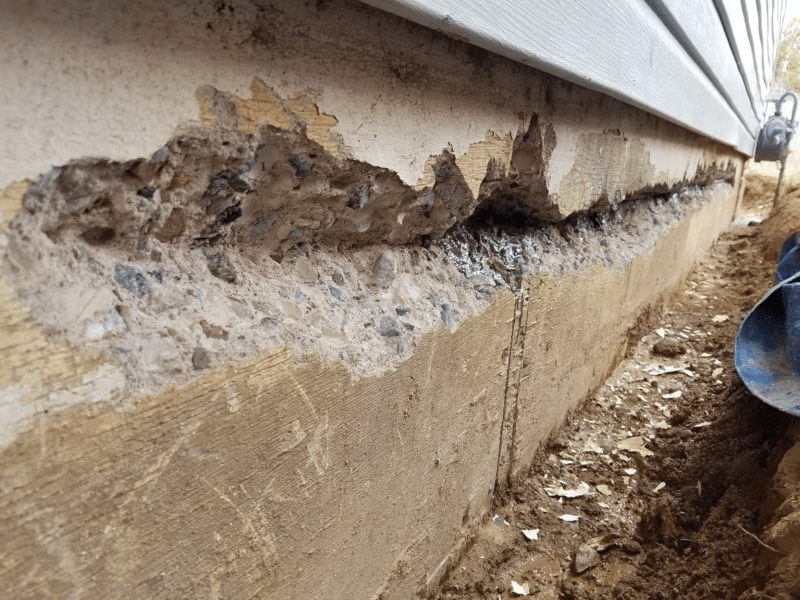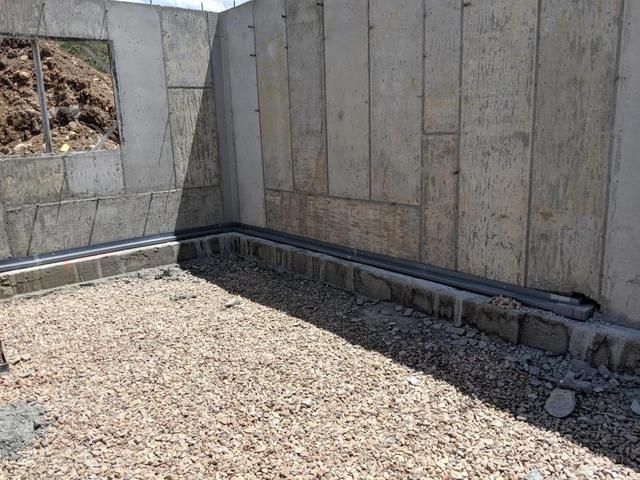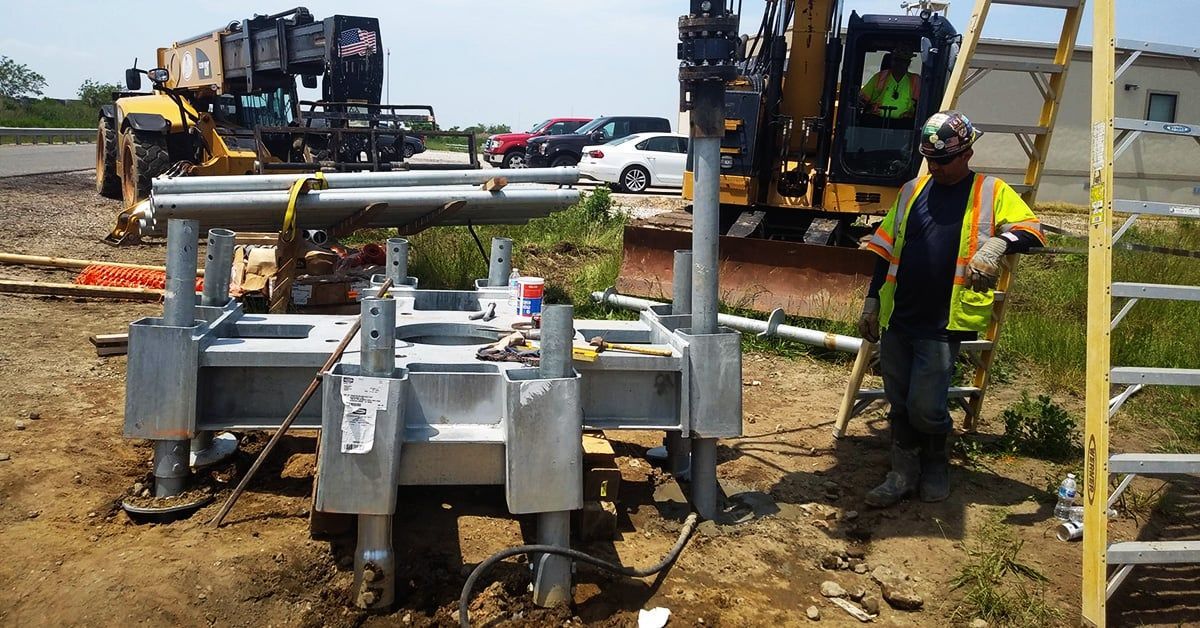Keeping Water Out of Your Basement: Tips and Solutions
A basement is a valuable part of your home, providing extra living space, storage, or even serving as a recreational area. However, it can quickly become a headache if water finds its way in. Water in your basement not only damages your belongings but can also lead to structural problems and health hazards. In this post, we will explore the cause of basement water problems and share effective strategies to keep it out.
Understanding the Causes
Before you can effectively keep water out of your basement it's essential to understand the common causes of basement water issues:
- Poor Drainage: Inadequate grading around your home or clogged gutters can direct water toward your foundation, leading to leaks and seepage.
- Cracks in the Foundation: Over time, foundations can develop cracks, which allow water to infiltrate.
- Sump Pump Failures: A malfunctioning sump pump can leave your basement vulnerable to flooding during heavy rainfall.
- High Water Table: In areas with a high water table, the groundwater level is close to the surface, making basements prone to flooding.
- Poorly Sealed Windows and Doors: Gaps around basement windows and doors can let water in during rainstorms.
Now, let's discuss some strategies to keep water out of your basement.
- Proper Grading and Gutter Maintenance:
- Ensure the ground around your home slopes away from the foundation. This helps direct rainwater away from the basement.
- Regularly clean and maintain your gutters and downspouts to prevent clogs and ensure proper water drainage.
2. Foundation Repairs:
- Address any visible cracks in your foundation promptly. Epoxy injection or hydraulic cement can effectively seal small cracks.
- For larger foundation issues, consult an IWP estimator to assess and repair the damage.
3. Install a Sump Pump:
- If your area is prone to heavy rain or has a high water table, consider installing a sump pump in your basement. Ensure it is regularly maintained and has a backup power source.
4. Exterior Waterproofing:
- Exterior waterproofing involves applying a waterproof coating to the outside of your foundation walls to prevent water from seeing through.
5. Interior Waterproofing:
- Interior waterproofing methods include installing drainage systems and applying waterproof coatings on the inside of your basement walls.
6. Window and Door Sealing:
- Use caulk or weatherstripping to seal gaps around basement windows and doors to prevent water intrusion.
7. French Drains:
- A French drain system can redirect groundwater away from your basement by creating a channel that allows water to flow elsewhere.
8. Landscaping:
- Consider planting vegetation with deep root systems to absorb excess groundwater.
9. Downspout Extensions:
- Extend your downspouts away from your home to ensure water flows away from the foundation.
10. Regular Inspections:
- Conduct routine inspections of your basement, especially after heavy rain, to catch water problems early and address them promptly.
A dry basement is essential for a healthy and functional home. Water infiltration can lead to a host of issues, including mold growth, structural damage, and health concerns. By understanding the common causes and implementing the strategies mentioned above, you can keep water out of your basement and ensure it remains a safe and usable space in your home. Remember that in severe cases or if you're unsure about the best course of action, consulting IWP, a professional waterproofing contractor is a wise decision to protect your basement and your home.










HAVE PEACE OF MIND WITH IWP FOUNDATION REPAIR
With over 30 years of combined experience in the business, you know that you can trust our team to get the job done right the first time. We value the customer experience, which is why we take the time to listen to your concerns, answer all your questions, and explain the best plan of action for your home. If you’ve noticed any foundation issues at all, no matter how minor they seem, you should call a professional. Our expert team is waiting for you, so call today for a free evaluation!


